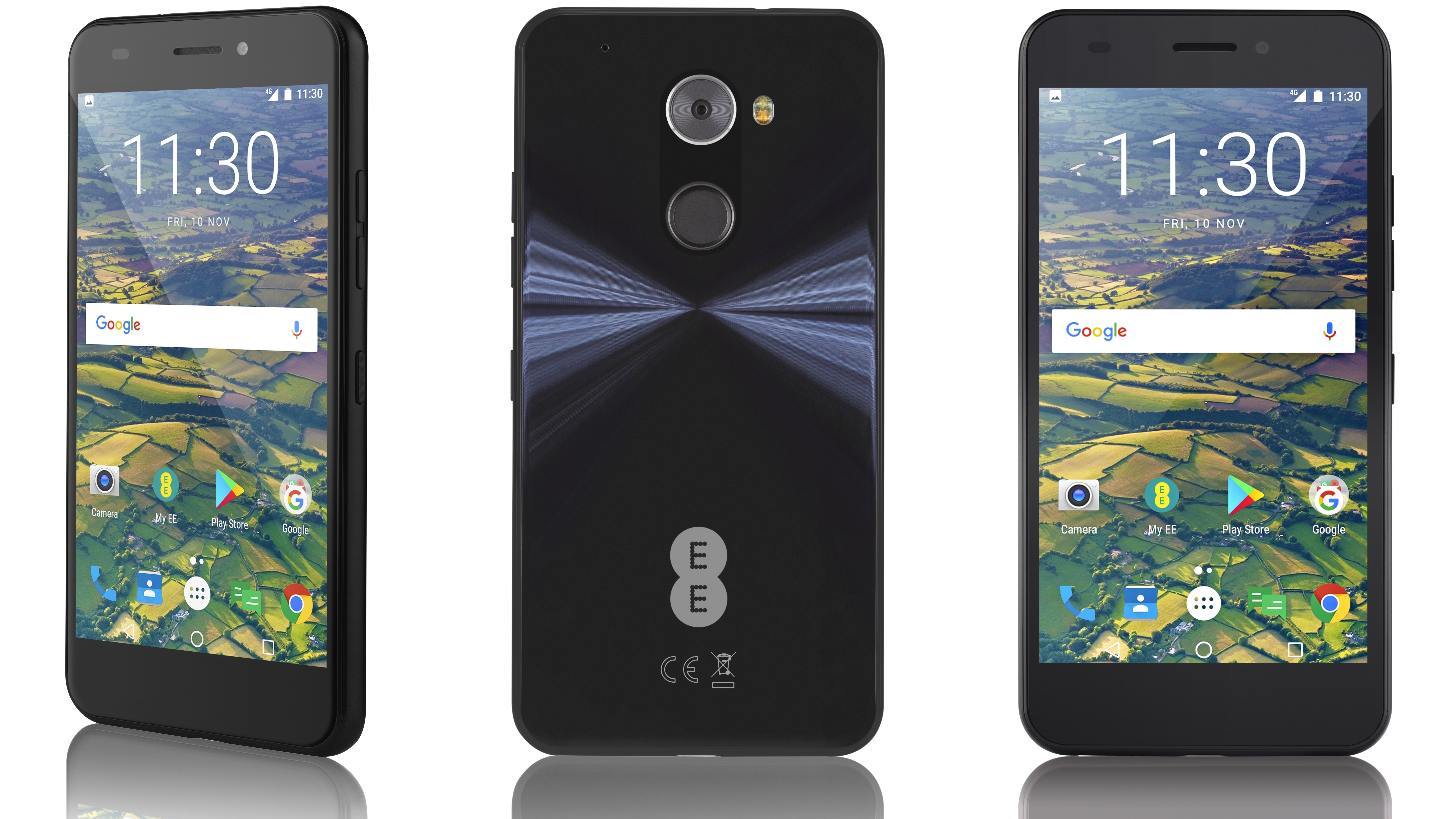Can EE's new speedy 4G+ handset be a winner?
EE gambles on appeal of 4G+ with Hawk smartphone

It’s all about speed. That seems to be the message coming from EE with the launch of the Hawk this week. It’s a snazzy looking all-glass phone but it’s not its looks that’s the main selling point. What EE is using to pull in the punters is the speed of downloads, specifically the use of 4G+.
The new phone is Cat 6-compliant, which means that it’s able to handle 4G+ speeds – if it can find coverage that is. 4G+ is a bit of a strange beast as EE doesn’t devote a single frequency band to it. The operator has four frequency bands in the UK with 1800MHz and 800MHz being used for the core 4G service. In addition, EE has a 2600MHz which provides some additional coverage in heavily built-up areas – it is this last named that provides the basis for the 4G+ service, there’s no single, dedicated band. It’s not the only possible approach, O2’s 4G+ service uses the 800MHz and 1800MHz bands.
To ratify the product’s credentials, EE has showcased the product as being able to produce download speed of 238Mbps at Wembley stadium. That’s a significant place to hold a trial – it may hold a prominent place in English sporting consciousness but as far as EE is concerned, its key selling point is that it’s slap-bang in the middle of EE 4G+’s nascent network. It also helps that EE sponsors the stadium, it’s all makes it mightily convenient as a test-bed. It was only this year that the company demonstrated 75OMbps running on 4G – under specialized test conditions of course.
In theory, the phone should be able to reach speeds of 300Mbps, although in practice, we’re never going to hit anything like that. And it’s this uncertainty that’s going to prove to be a big stumbling block. The question is: how much do we need 4G+?
We’ve certainly not reached peak 4G+ network yet and it must be questionable whether we ever will. EE has certainly made a good start rolling out the technology, it’s covered a big part of London. It’s true that it’s not universal, the map of London coverage looks rather like a Rorschach ink-blot
But EE is certainly not being London-centric about it: it’s also rolled out the service in Birmingham, Manchester and various other cities. It’s pretty hard to find out where exactly – even EE’s own coverage checker tool on its website only offers a choice of 2G, 3G and 4G coverage. But, there is some coverage and it’s in the big cities.
EE is not alone in doing this: Vodafone is also rolling out 4G+ services in London, Manchester and Birmingham. O2 and Three are also starting to introduce the service but are lagging behind the other two operators. And Virgin, while it uses the EE network does not offer any form of 4G+.
Sign up to the TechRadar Pro newsletter to get all the top news, opinion, features and guidance your business needs to succeed!
Two questions
So, there are two fundamental questions to be answered. Are phone users in such of a such for faster download speeds, that we’re happy to go for a halfway house service, particularly when a fully-formed, standardized 5G service is just a few years away.
The second, more fundamental question, is whether download speed is really such a big promotional selling point. A GfK survey last month looked at what customers looked for in mobile phones and what came out top, by some way, was extended battery life. There are certainly going to be some people attracted by higher speeds – no-one wants anything to be slower – but there are certainly going to be questions about whether customers want a halfway standard.
But there’s a bigger question around the Hawk: do customers, even those who favor faster speeds, consider those speeds to be the single reason to buy a phone -that seems to be what EE is basing its Hawk launch on. There are cheaper phones to be had; there are phones with higher specs to be had; there are certainly phones with better cameras, EE seems to be betting that the punters will sacrifice all this for those extra few bits a second.
And if people really did want to use 4G+, there are plenty of better phones on the market that will support the technology – any phone that supports Cat 6 will. So, all iPhones above iPhone 6 or Samsungs above S6 will handle it. The betting is that businesses will be rushing to buy these models rather than one whose only USP is a 4G+ network, a technology whose time has not yet come ... and may never come.
Whether it will be worth buying, we can’t say, but EE's own-brand phones such as the EE Harrier and EE Kestrel have generally been fairly accomplished, though we were less impressed by the EE Rook.